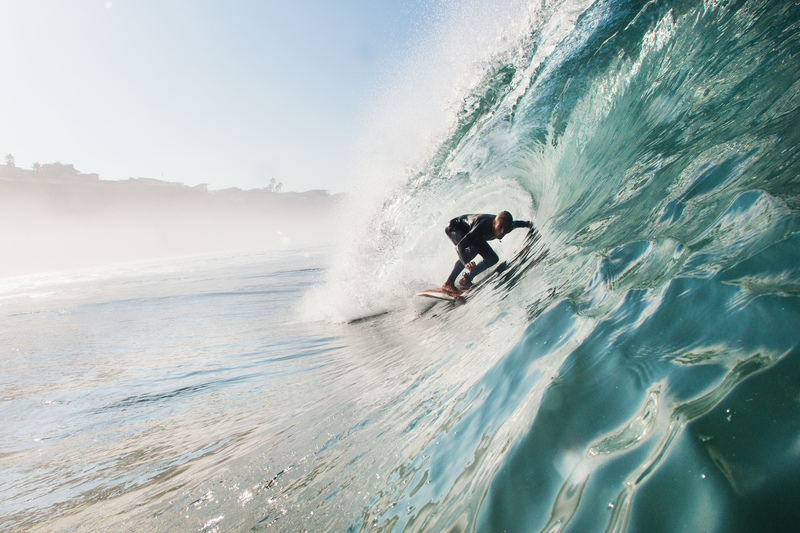
When it comes to summertime activities, one of the most exciting and iconic past times is surfing. Tall waves and bright sun are synonymous with summers on the beach. Contrary to what it looks like from a distance, surfing is actually one of the coldest summer sports. While hanging out in the cold water is a great way to beat the heat, repeated and prolonged exposure to cold temperatures can lead to surfer’s ear.
What is Surfer’s Ear?
The leading cause of surfer’s ear is the environment, namely cold and wet ones. The combination of cold water and chilly wind can be demanding on the body. As a result, it forces the body to react in defense in the form of extra bone growth, known as exostosis. The real issue is once the exostosis starts, it doesn’t just go away afterward without intervention. The extent of the development is determined by the frequency of exposure to cold and wet conditions and the individual body’s ability to deal with the cold.
What are the Symptoms?
As the exostosis grows slightly more extensive with each exposure, the ear canal becomes smaller and narrower until it closes off completely. Before that happens, a few telltale signs will let you know there is an issue.
• Experiencing difficulty dislodging water after surfing or being immersed in water in one or both ears.
• Diminished or loss of hearing, usually in one ear, but both ears can be affected.
• Watch for chronic or recurring ear infections. Water stuck in the ears makes them highly vulnerable to infections.
How to Deal
Once the exostosis that leads to surfer’s ear starts, the only known prevention method is to stop surfing. Which we all know probably isn’t going to happen. That only leaves treatment (surgery) and protection.
#1. Surgery is the only way to remove the bone growth from inside the ear; the only downfalls are the removal of the exostosis will not prevent it from growing back, and recovering from surgery will keep you out of the water for a while. For both doctors and surfers alike, surgery is the last resort.
#2. Protection is the first and best line of defense against developing surfer’s ear. Wetsuit hoods and earplugs work great at keeping water out of your ears in the first place. Some earplugs are available that keep out water without interfering with hearing.
#3. Surfer’s ear doesn’t only happen to surfers, and it’s called surfer’s ear because the vast majority of avid surfers eventually develop it, not because they are the only ones. Anyone exposed to cold and wet environments repeatedly for long durations can develop surfer’s ear. If you have been experiencing issues and symptoms associated with surfer’s ear, consult with your doctor about an examination and what options are available.